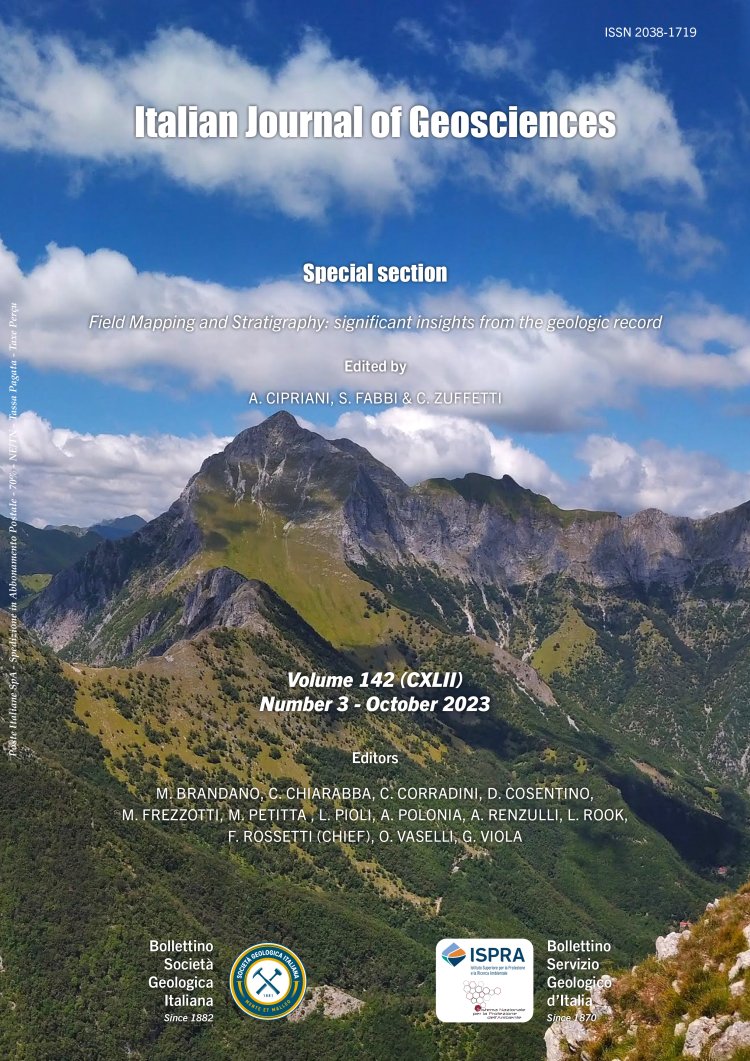
The Fornovolasco area (Alpi Apuane, Northern Apennines): a review and update on its Palaeozoic succession, middle Permian magmatism, and tectonic setting
Diego Pieruccioni1, Amalia Spina2, Andrea Brogi3,4, Enrico Capezzuoli5, Martina Zucchi3, Simone Vezzoni4, Domenico Liotta3,4, Andrea Sorci2 & Giancarlo Molli6
1Geological Survey of Italy, Institute for Environmental Protection and Research (ISPRA), Via Vitaliano Brancati 60, 00144 Roma, Italy.
2Department of Physics and Geology, University of Perugia, Via Pascoli, 06123 Perugia, Italy.
3Department of Earth and Geoenvironmental Sciences, University of Bari, Via Orabona 4, 70125 Bari, Italy.
4Institute of Geosciences and Earth Resources, Consiglio Nazionale delle Ricerche, Via Moruzzi 1, 56124 Pisa, Italy.
5Department of Earth Sciences, University of Florence, Via La Pira 4, 50121 Florence, Italy.
6Department of Earth Sciences, University of Pisa, Via S. Maria 53, 56126 Pisa, Italy.
Corresponding author e-mail: diego.pieruccioni@isprambiente.it
Abstract
Keywords
Get Full Text